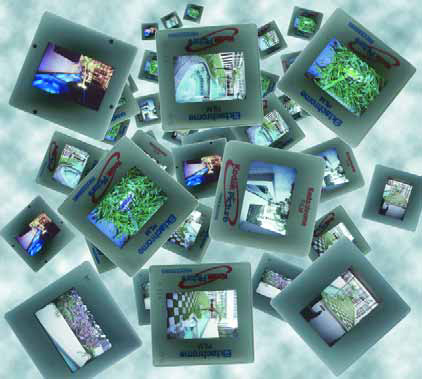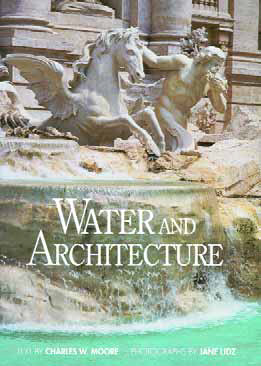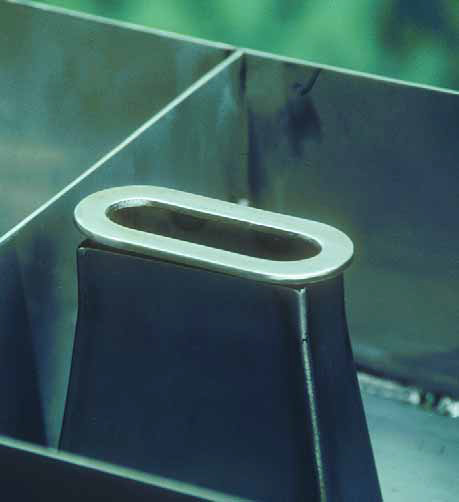ARTICLES
Advance Search
Aquatic Health
Aquatic Health, Fitness & Safety
Around the Internet
Aquatic Culture
Aquatic Technology
Artful Endeavors
Celebrity Corner
Life Aquatic
Must-See Watershapes
People with Cameras
Watershapes in the Headlines
Art/Architectural History
Book & Media Reviews
Commentaries, Interviews & Profiles
Concrete Science
Environment
Fountains
Geotechnical
Join the Dialogue
Landscape, Plants, Hardscape & Decks
Lighter Side
Ripples
Test Your Knowledge
The Aquatic Quiz
Other Waterfeatures (from birdbaths to lakes)
Outdoor Living, Fire Features, Amenities & Lighting
Plants
Ponds, Streams & Waterfalls
Pools & Spas
Professional Watershaping
Structures (Editor's Notes)
Travelogues & History
Water Chemistry
WaterShapes TV
WaterShapes World Blog
Web Links
Around the Internet
Aquatic Culture
Aquatic Technology
Artful Endeavors
Celebrity Corner
Life Aquatic
Must-See Watershapes
People with Cameras
Watershapes in the Headlines
Last month, we covered a side-yard project that fulfilled one family's dream of gaining a kitchen garden. This functional design worked well for what had basically been a small, unused space - but it's by no means the only use for such spaces. Small spaces can lend themselves to a number of different possibilities. Discussing the clients' lifestyle or wish list might uncover something they really want or can identify ideas they haven't yet considered as possible uses for the space. Case in point: I had a client who wanted to create three
Last month, I began a discussion of things that those of us in the watershaping trades can do to improve our collective profile with the public - not to mention enhance our collective self-image. Education, of course, is a huge factor. And so is the level of professional courtesy with which we treat both clients and prospects. But those two points, discussed in detail last time, have less to do with the way we approach the practicalities of our businesses than is the case with another point that bears discussion: that is, project management and how we
I understand why so many people love digital cameras: You don't have purchase or develop film, you can check your images instantly, and it's easy to upload pictures onto your computer and
The avant-garde composer John Cage once said, “Art exists to make us aware of the very life we’re living.” I’ve always loved that statement because, as someone working to create works of art, the experiences of my own life have naturally been transferred into the way I’ve chosen to express myself – and, I hope, have enabled me to succeed in bringing other people to an awareness of experiences in their own lives. For me, water is the key in these transferences: Even though I’m probably more often described as a sculptor of natural stone rather than as a watershaper, the dialogues I have with the materials I use and with those who observe the outcomes have always begun with the way I work with water. I grew up in the Midwest on the banks of the Mississippi. As a child, I lingered on the untamed shores of the creeks, streams and rivers that laced across an otherwise developed and thoroughly mechanized landscape. I would read or draw, stroll idly along a stream, or spend hours building a raft or dam. This was well before I’d begun to think about my relationship with water in any sort of artistic way, but there’s no question that those experiences remain at the heart of my passion for working within this
The process of designing a watershape or garden usually requires the designer to answer a number of questions - the vast majority of them having to do with seeing the water and the landscape. Indeed, from considerations of color and scale to managing views and ensuring visual interest within the space, much of the designer's skill is ultimately experienced by clients and visitors with their eyes. But what if your client is blind or wheelchair-bound or both? How do you design for them? What colors do you use in your planting design? Would you even care about color? How will they move through the space and what experiences will await them? What would be the most important sensory evocation - sound, fragrance or texture? These are the sorts of special questions we asked ourselves after being approached by clients who had the desire to create a sensory garden for visually impaired and physically handicapped people. The experience shed a whole new light on the power of non-visual aesthetics and prompted me to
It's truly a diamond in the rough: a huge, sparkling blue pool set in the middle of nowhere in a country that is probably best known for being the gateway between two grand oceans. For a time before I arrived on the scene, however, the enormous rectangular swimming pool at Palabra de Vida, a Christian missionary camp in Chame, Panama, was anything but shimmering. The mission operates a camp for the region's underprivileged children, who visit the facility in shifts that stretch across several months each year. There are times when
When I first picked up Water and Architecture by Charles W. Moore (published by Harry H. Abrams in 1994), I thought I'd found the perfect resource for those of us who design and build contained, controlled bodies of water. As I delved into this book's incredibly well-illustrated 224 pages, however, for a short time I worried that the text was mostly irrelevant to the working lives of watershapers. Ultimately, however, I found the text to be very helpful - even if it wasn't in the manner I had initially thought. I was disheartened initially because the text seemed so broad in its coverage of water and architecture - and so rooted in history and philosophy - as to be of little practical use. Specifically, Moore deals with subjects as grand as rivers, oceans, harbors and architectural history in very broad and almost
The site was chosen because the existing water, terrain and natural landscape were a perfect fit: Like no other available space, the design team saw that this setting could be used to symbolize the character of Vietnam’s landscape – wetlands and bogs, water crossings, hills and forests, meadows and plains – and shaped into a memorial to casualties of a war that ended in Southeast Asia nearly three decades ago. It’s a beautiful and peaceful space, one that now encompasses four acres of land around the perimeter of Duck Pond, a small and scenic body of water nestled in the gently rolling landscape of
If you've been following this column for the past several issues, you already know a good bit about the magnificent (and magnificently difficult) project I completed late last year in the Malibu Colony. Many times in those columns, I mentioned (mostly in passing) a system of four deck-level laminar jets we planned on installing. As was the case with just about everything else on this project, incorporating the system of jets into the courtyard environment turned out to be far more complicated and challenging than we ever thought it would be. When all was said and done, however, we all agreed that meeting this particular challenge was






















